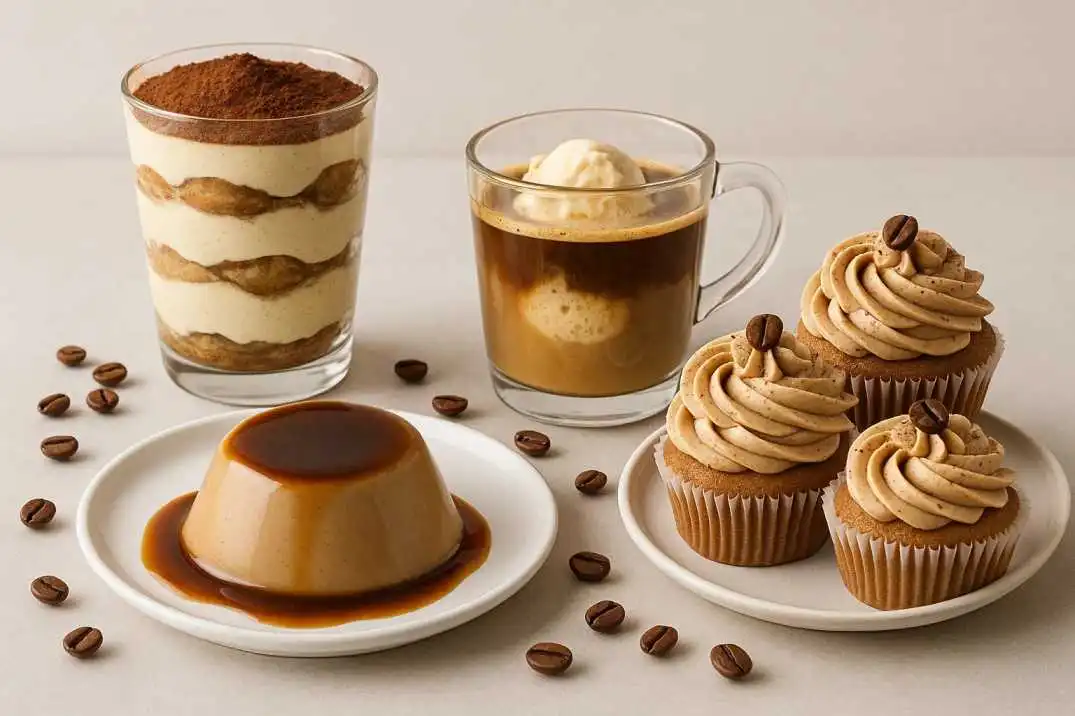How Coffee is Processed: Washed, Natural, and Honey Explained
- September 01, 2023

The world of coffee processing is a fascinating tousle of art and science, with methods varying from region to region and plane sublet to farm. In this article, we’ll swoop into the three most worldwide coffee processing methods—washed, natural, and honey—providing you with a step-by-step guide to each, withal with the advantages and disadvantages, examples, and a handy FAQ section. So, buckle up and get ready for an heady journey into the world of coffee processing!
Table of Contents
Washed Processing Method
Step-by-step guide
- Pick ripe coffee cherries.
- Remove the outer layer of skin and pulp using a depulping machine.
- Ferment the remaining beans in water to unravel lanugo the mucilage (that sticky layer virtually the bean).
- Wash the beans thoroughly to remove any remaining mucilage.
- Dry the beans on raised beds or patios until they reach the desired moisture content.
- Mill the beans to remove the parchment layer.
- Sort and grade the beans based on size, density, and defects.
- Package and export the untried coffee beans.

Advantages and disadvantages
Advantages: Washed processing typically results in a clean, bright, and ramified savor profile.
Disadvantages: The process is labor-intensive and can be expensive. Additionally, if not washed-up correctly, it can lead to over-fermentation, which can negatively impact the taste of the coffee.
Example
The Hario V60 pour-over coffee maker (affiliate link) is perfect for brewing a cup of washed-processed coffee, such as the Blue Bottle Coffee’s Ethiopia Hambela Estate. This coffee offers notes of bergamot, jasmine, and lemon, showcasing the clean, unexceptionable flavors typical of washed processing.
Natural Processing Method
Step-by-step guide
- Pick ripe coffee cherries.
- Spread the cherries out on raised beds or patios to dry in the sun for several weeks.
- Turn the cherries regularly to ensure plane drying.
- Once the cherries have reached the desired moisture content, mill them to remove the zestless fruit and parchment layers.
- Sort and grade the beans based on size, density, and defects.
- Package and export the untried coffee beans.
Advantages and disadvantages
Advantages: Natural processing tends to produce coffee with fruity, sweet, and heavy-bodied flavors. It moreover uses less water and can be less labor-intensive compared to washed processing.
Disadvantages: The process can be inconsistent, resulting in varied flavors plane within the same batch. Additionally, it requires increasingly drying space and is increasingly susceptible to defects like mold and fermentation.
Example
The Chemex coffee maker is an spanking-new nomination for brewing natural-processed coffee like Stumptown Coffee Roasters’ Ethiopia Duromina. This coffee features notes of strawberry jam, milk chocolate, and honeydew, highlighting the fruity and sweet characteristics of natural processing.
Honey Processing Method
Step-by-step guide
- Pick ripe coffee cherries.
- Remove the outer skin of the cherries, leaving some of the mucilage (also known as “honey”) intact.
- Lay the beans out on raised beds or patios to dry in the sun.
- Turn the beans regularly to ensure plane drying and prevent fermentation.
- Once the beans have reached the desired moisture content, mill them to remove the remaining zestless mucilage and parchment layers.
- Sort and grade the beans based on size, density, and defects.
- Package and export the untried coffee beans.

Advantages and disadvantages
Advantages: Honey processing results in a unique savor profile, combining the unexceptionable venom of washed processing with the fruity sweetness of natural processing. It moreover uses less water than washed processing.
Disadvantages: The process is labor-intensive and requires meticulous sustentation to detail to prevent over-fermentation or mold. It moreover needs zaftig drying space and time.
Example
A French press is an platonic brewing method for a honey-processed coffee like Counter Culture Coffee’s Costa Rica Finca El Puente Yellow Honey. This coffee offers notes of pineapple, caramel, and jasmine, showcasing the delightful wastefulness of venom and sweetness that honey processing can produce.
Comparison of the Three Methods
Now that we’ve explored the three main coffee processing methods, let’s take a closer squint at how they compare:
- Flavor: Washed processing tends to produce clean, bright, and ramified flavors, while natural processing leans towards fruity, sweet, and heavy-bodied flavors. Honey processing strikes a wastefulness between the two, offering a unique combination of venom and sweetness.
- Environmental impact: Washed processing is increasingly water-intensive, while natural and honey processing methods use significantly less water.
- Labor and resources: Washed and honey processing are increasingly labor-intensive compared to natural processing. However, natural processing requires increasingly drying space and is increasingly susceptible to defects.
FAQ
Q: Which processing method is weightier for specialty coffee?
A: There is no definitive answer, as each method can produce unrenowned specialty coffee if executed correctly. The nomination ultimately depends on the desired savor profile and the resources misogynist to the coffee producer.
Q: Can I tell which processing method was used just by tasting the coffee?
A: While each processing method has its foible flavors, it can be challenging to pinpoint the word-for-word method used solely by tasting. However, understanding the unstipulated savor profiles associated with each method can help guide your guess.
Q: How can I find out how my coffee was processed?
A: Many specialty coffee roasters provide information well-nigh the processing method used for their beans on the packaging or their website. If this information is not readily available, you can unchangingly reach out to the roaster directly.
Coffee Processing
The world of coffee processing is a fascinating and intricate one, with each method contributing its unique flavors and characteristics to the final cup. Whether you prefer the clean, unexceptionable flavors of washed-processed coffee, the fruity and sweet notes of natural-processed coffee, or the delightful wastefulness offered by honey-processed coffee, understanding these methods can help you fathom your daily mash plane more. So go ahead, grab your favorite brewing device, and savor the ramified world of coffee processing in every sip. Cheers!














